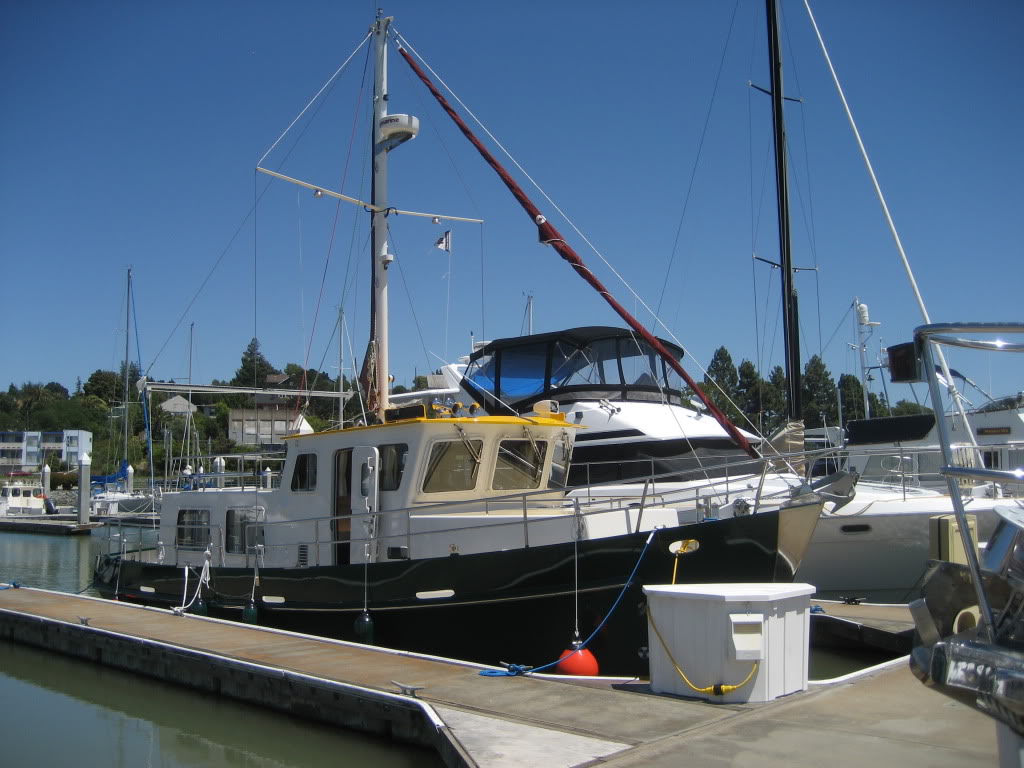Most likely "no" on the heat since on a 50A boat it is most likely 240V. Lights, maybe, but now you are asking to go down the hackery path and create something dangerous. If you are asking these questions, then you are exactly the person who shouldn't be playing with it. Just use two 30A outlets and the supplied adapter like it's supposed to have.
We can supply some power to our 50A/240V boat with a single 30-to-50 amp converter.
I don't know what power distribution is like inside the boat if we use the converter. The AC panel is divided into two sides (two legs), so I would guess the single 30-to-50 amp source may power only one side or the other. I know it does power the side with our charger (converter), since that's the only thing I've tried this way, once when wintering on the hard.
(None of our appliances (AC, etc.) are 220V; everything is 110V. We have two ACs and two fridges, one on each side of the panel.)
In fact, we ran that charger from a 15A power source, converted to a 30-amp connector, converted to a 50-amp connector.
I understand some of the newer boats in our line have an isolater installed, so a single 30-amp input will not work the way it does with ours.
FWIW, we've had limited success with the Marinco "Smart Y" -- but the couple three times we've wanted to use it, we could usually pin down the problem to either phasing (30A supplies weren't opposite phases) or voltage (supply couldn't achieve the advertised minimum of 208V).
-Chris


